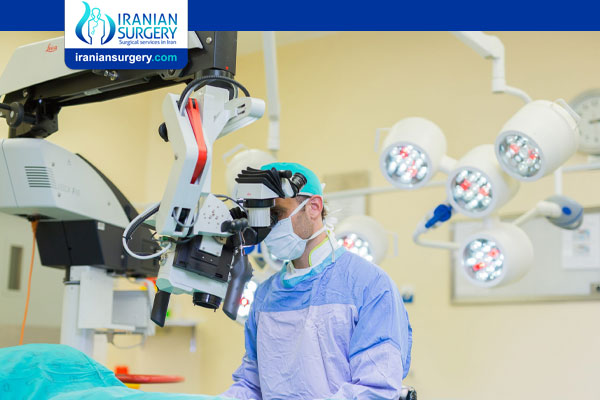Can Micro-TESE Be Repeated?
Can Micro-TESE Be Repeated?
Micro-TESE surgery is defined as examining and sampling testicular tissue under microscopy to search for sperms. This operation is used in males who have not sperm cells in their ejaculate (azoospermia) due to a sperm production disorder (non-obstructive azoospermia). Micro-TESE operation is not indicated in men who have normal sperm production but not sperm ejaculation due to an obstruction, since normal sperm production occurs everywhere in the testicles of these men, and using microscopy to search for sperms is irrelevant. Spermatozoa can be easily recovered by removing a tissue sample from anywhere in the testis or by needle aspiration of fluid-tissue from the testicular tissue (TESA).
Can a patient undergo micro-TESE a second time?
In males with azoospermia due to production impairment, drug treatment is not possible, except in the case of hormonal deficiency, i.e. hypogonadotropic hypogonadism. Today, micro-TESE is the most advanced technique for harvesting sperms from testicular tissue in azoospermic males with elevated FSH values. However, the experience of the operating surgeon, the technical capabilities, and the experience of the embryology laboratory are strong determinants of success.
The studies have shown that the probability of finding sperms may be as high as 45% in the next operation, where nor sperms could be harvested from 3 or 4 samples previously removed, randomly and without substantial microscopic magnification or detailed examination (Tsijumura A et al. J Urol 2006). Accordingly, repeating the search for sperms by micro-TESE may be advisable, after no sperms could be harvested by multi-TESE or micro-TESE performed using suboptimal technological means. However, if sperms could not be harvested by micro-TESE performed properly by an experienced specialist, the probability of finding sperms in a second run remains similarly low. We don’t advise our patients to repeat micro-TESE at a later date, if no sperms could be harvested in the first try (excluding exceptional cases, e.g. pathological examination reports presence of matured sperms). The probability of finding sperms at a second micro-TESE, in patients that underwent micro-TESE and no sperms could be harvested, would be around 15 to 20%.
How Many Times Can a Patient Undergo Micro-TESE?
Because very small samples are removed from the testicular tissue and utmost care is exercised so as not to damage the vascular structure when making the incision, damage to the testicles would be far less than with multi-biopsy TESE. And the extent of damage that the testicles would suffer from this special operation depends on the size of the patient’s testicles, preoperative total testosterone levels, and previous history of TESE procedures (the technique of the TESE procedure). Therefore, it would be best to examine the patient thoroughly and inform them based on patient-specific data.
About Iranian Surgery
Iranian surgery is an online medical tourism platform where you can find the best fertility specialists in Iran. The price of micro-TESE procedure in Iran can vary according to each individual’s case and will be determined by an in-person assessment with the doctor.
For more information about the cost of Microsurgical Testicular Sperm Extraction in Iran and to schedule an appointment in advance, you can contact Iranian Surgery consultants via WhatsApp number 0098 901 929 0946. This service is completely free.
Source:
https://emrebakircioglu.com/en/micro-tese-surgery


